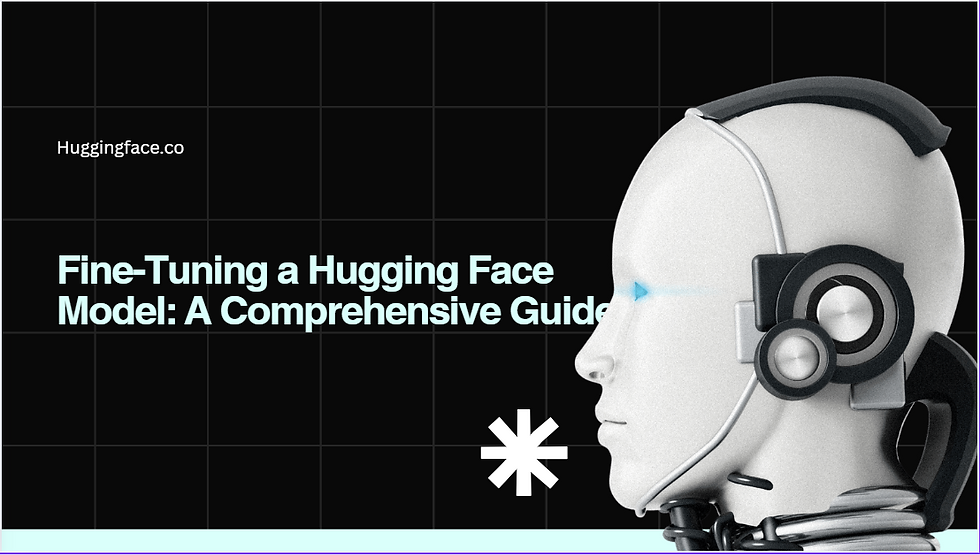AI Model Quantization: Shrinking Models, Expanding Reach
- Bizzsoft Digital
- Jan 11
- 3 min read

In the world of artificial intelligence, model size often equates to performance. Larger models, with their billions of parameters, can achieve impressive feats of language understanding and generation. However, these behemoths come with a significant cost: they demand vast amounts of memory and computational power, making them inaccessible to many researchers, developers, and users. This is where model quantization steps in as a crucial optimization technique.
What is Model Quantization?
Imagine trying to represent the entire spectrum of human emotions with just a handful of colors. That's essentially what model quantization does. It reduces the precision of the numerical values representing the model's weights and activations. Instead of using full-precision floating-point numbers (like FP32), quantization employs lower-precision data types, such as INT8 (8-bit integers) or even INT4 (4-bit integers).
Why Quantize?
Reduced Memory Footprint: Lower-precision numbers take up less space, allowing you to run larger models on devices with limited memory, such as mobile phones or edge devices.
Faster Inference: Quantized models require fewer computations, leading to faster inference speeds and improved latency.
Energy Efficiency: Reduced computational demands translate to lower energy consumption, crucial for battery-powered devices and sustainable computing.
Types of Quantization
Post-Training Quantization: This technique quantizes a pre-trained model without further training. It's simpler to implement but may result in a slight accuracy drop.
Quantization-Aware Training: In this approach, the model is trained with quantization in mind, allowing it to adapt to the lower precision and minimize accuracy loss.
Quantizing Models from Huggingface with Optimum
Huggingface Transformers is a popular library providing pre-trained models for various NLP tasks. To quantize these models, Huggingface offers the Optimum library, which seamlessly integrates with Transformers and provides tools for different quantization techniques.
Methods for Quantization
1. BitsAndBytes
This method allows for 8-bit and 4-bit quantization, significantly reducing memory usage while maintaining performance.
Steps:
Install the necessary libraries:
pip install --upgrade accelerate
pip install bitsandbytesLoad the model with quantization settings:
from transformers import AutoModelForCausalLM, BitsAndBytesConfig
config = BitsAndBytesConfig(
load_in_4bit=True, # Quantize to 4-bit
bnb_4bit_quant_type="nf4", # Special data type for weights
bnb_4bit_use_double_quant=True, # Nested quantization
bnb_4bit_compute_dtype=torch.bfloat16, # Faster computation
)
model = AutoModelForCausalLM.from_pretrained(
"model_name", # Replace with your desired model
device_map="auto",
quantization_config=config
)2. GPTQ (Generative Pre-trained Transformer Quantization)
This technique focuses on quantizing large language models, optimizing them for inference with minimal accuracy loss.
Steps:
Install the optimum library:
pip install --upgrade optimumLoad and quantize the model:
from optimum.quantization import GPTQQuantizer
quantizer = GPTQQuantizer(
model_or_path="model_name", # Replace with your desired model
bits=4, # Number of bits for quantization
dataset="wikitext", # Dataset for calibration
)
quantizer.quantize()
quantizer.save("/path/to/save_folder") # Save the quantized modelImportant Considerations
Accuracy Trade-off: While quantization reduces model size and speeds up inference, it can introduce a minor accuracy drop. The extent of this drop depends on the quantization method and the specific model.
Hardware Support: Some quantization techniques require specific hardware, such as GPUs with Tensor Cores, for optimal performance.
Fine-tuning: In some cases, fine-tuning the quantized model on a downstream task can help recover any lost accuracy.
Conclusion
Model quantization is a powerful tool for making large AI models more accessible and efficient. With libraries like Huggingface Transformers and Optimum, developers can easily apply various quantization techniques to optimize their models for deployment on a wide range of devices. As AI continues to evolve, quantization will play an increasingly important role in ensuring its widespread adoption and impact.
Sources and Related Content
Huggingface Optimum Documentation
Explore these resources for further technical deep dives and practical examples.
.png)


Comments